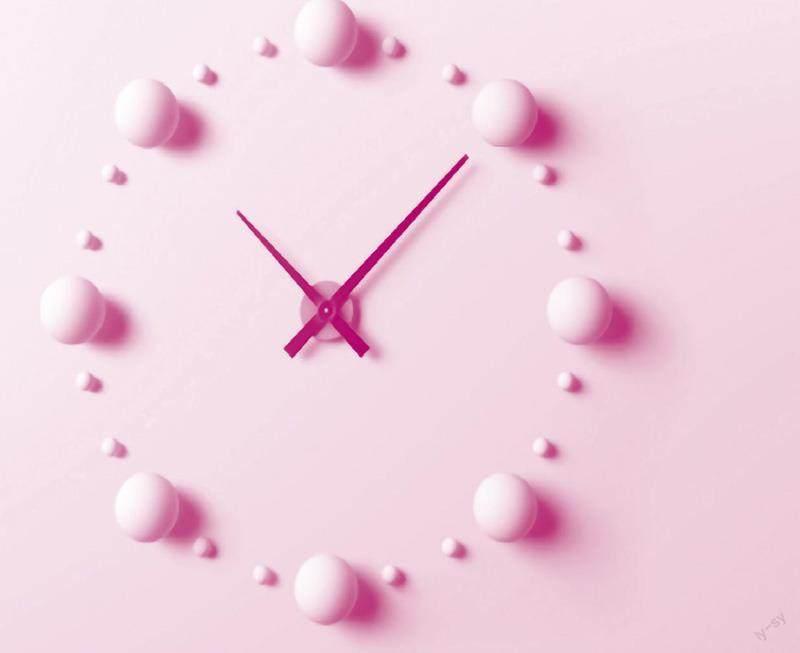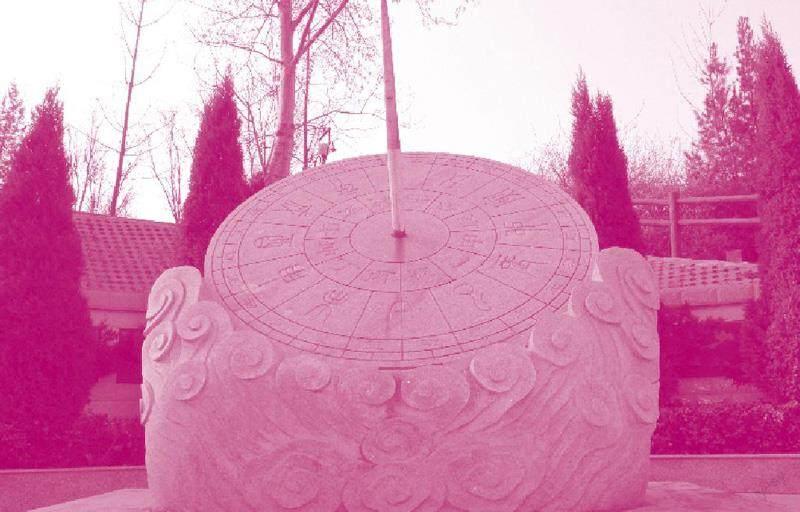Why Do Clocks Run Clockwise?
2024-04-12



为什么钟表顺时针转?
All of us are time conscious. We surround ourselves with alarm clocks, cuckoo clocks, wristwatches, grandfather clocks and peer at them to make sure we are sticking to our schedule. But have you ever taken a moment to wonder why the needles on the face of a clock move the way they do? Why do the hour and minute needles move from left to right (in what is now called the “clockwise direction”) and not vice versa? No, it is not the whim of the inventor. Actually there is a scientific explanation for this.
Throughout history, time has been measured by the movement of the sun (or, more accurately, the motion of the earth relative to the sun) at first. People had already realized that the earth is round and that it revolves around the sun. So for ages people measured time—based on the position of the sun—it was noon when the sun was highest in the sky.
Ancient Chinese people measured time with sundials, which were simple devices that marked the movement of the sun with the movement of the earth.
我們所有人都有时间意识。我们用闹钟、布谷鸟钟、手表、落地式大摆钟包围自己,盯着它们看,以确保我们遵守时间表。但是你有没有花一点时间思考过,为什么钟面上的指针会这样移动呢?为什么时针和分针从左向右(以现在称为“顺时针方向”的方式)移动,而不是向相反的方向呢?不,这不是发明者的心血来潮。事实上,对此有科学的解释。
纵观历史,时间最初是通过太阳的运动(或者更准确地说,地球相对于太阳的运动)来测量的。人们已经意识到地球是圆的,它围绕太阳旋转。因此,多年来人们都是根据太阳的位置来测量时间的——太阳在天空中最高处的时候是正午。
古代中国人用日晷来测量时间。日晷是一种简单的装置,可以标记相对地球来说的太阳的位置。
Mechanical clocks were invented in the Northern Hemisphere in the 14th century and the inventors naturally wanted the device to follow the suns movement in the sky. In the Northern Hemisphere the sun appears to move in the sky from the left to the right and so the hands of the clock were made to follow the sun motion, moving from left to right or what is commonly known as clockwise. If you are in the Northern Hemisphere and face south, you can watch the sun rise in the east (on your left), pass overhead and set in the west (on your right).
As simple as that! Come to think of it, if the mechanical clock had been invented in the Southern Hemisphere, the hands on the dial of your watch would have been moving from right to left!
Do you know there are some Jewish and Arabic clocks that run anti-clockwise? This makes perfect sense as Arabic and Hebrew readers (Arabic and Hebrew characters are written from right to left) but confuses everyone else!
14世纪,北半球有人发明了机械钟,发明者自然希望这种装置能模拟太阳在天空中的运动。在北半球,太阳看起来在天空中从左向右移动,因此时钟的指针被制成跟随太阳的运动,从左向右或通常所说的顺时针方向移动。如果你在北半球,面朝南方,你可以看到太阳从东方(左边)升起,从头顶经过,然后在西方(右边)落下。
就这么简单!想想看,如果机械钟是在南半球发明的,你钟表表盘上的指针就可能会从右向左移动!
你知道吗?有一些犹太和阿拉伯时钟是逆时针运行的。这对于阿拉伯语和希伯来语使用者来说很正常(阿拉伯语和希伯来语的文字是从右到左书写的),但却让其他人感到困惑!
Word Bank
conscious /'k?n??s/ adj. 意识到;注意到
peer /p??(r)/ v. 仔细看;端详
He peered closely at the photograph.
vice versa /'va?s'v??s?/ adv. 反过来也一样;反之亦然
He likes me, and vice versa.
revolve /r?'v?lv/ v. 旋转;环绕;转动
The fan revolved slowly.
